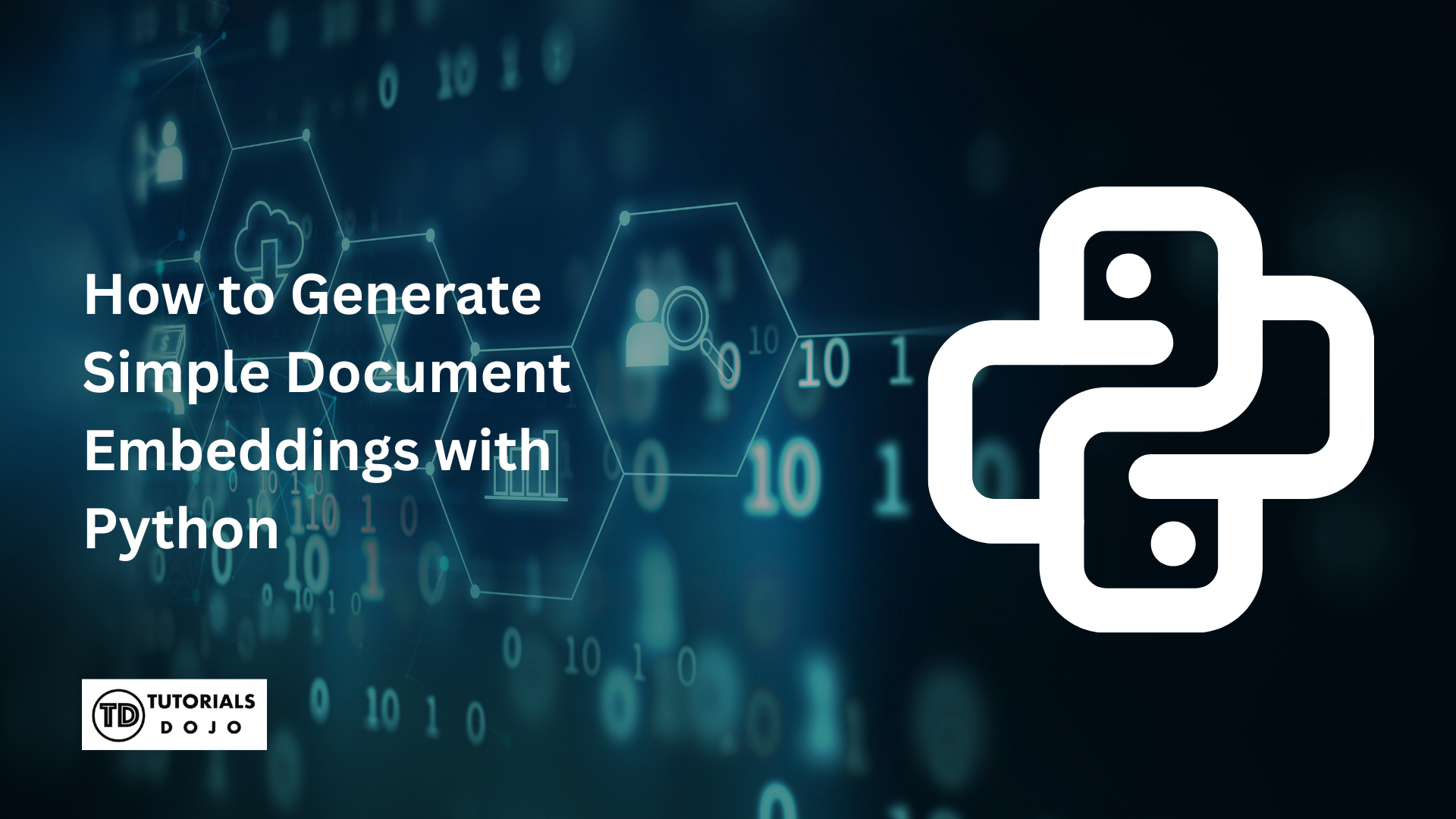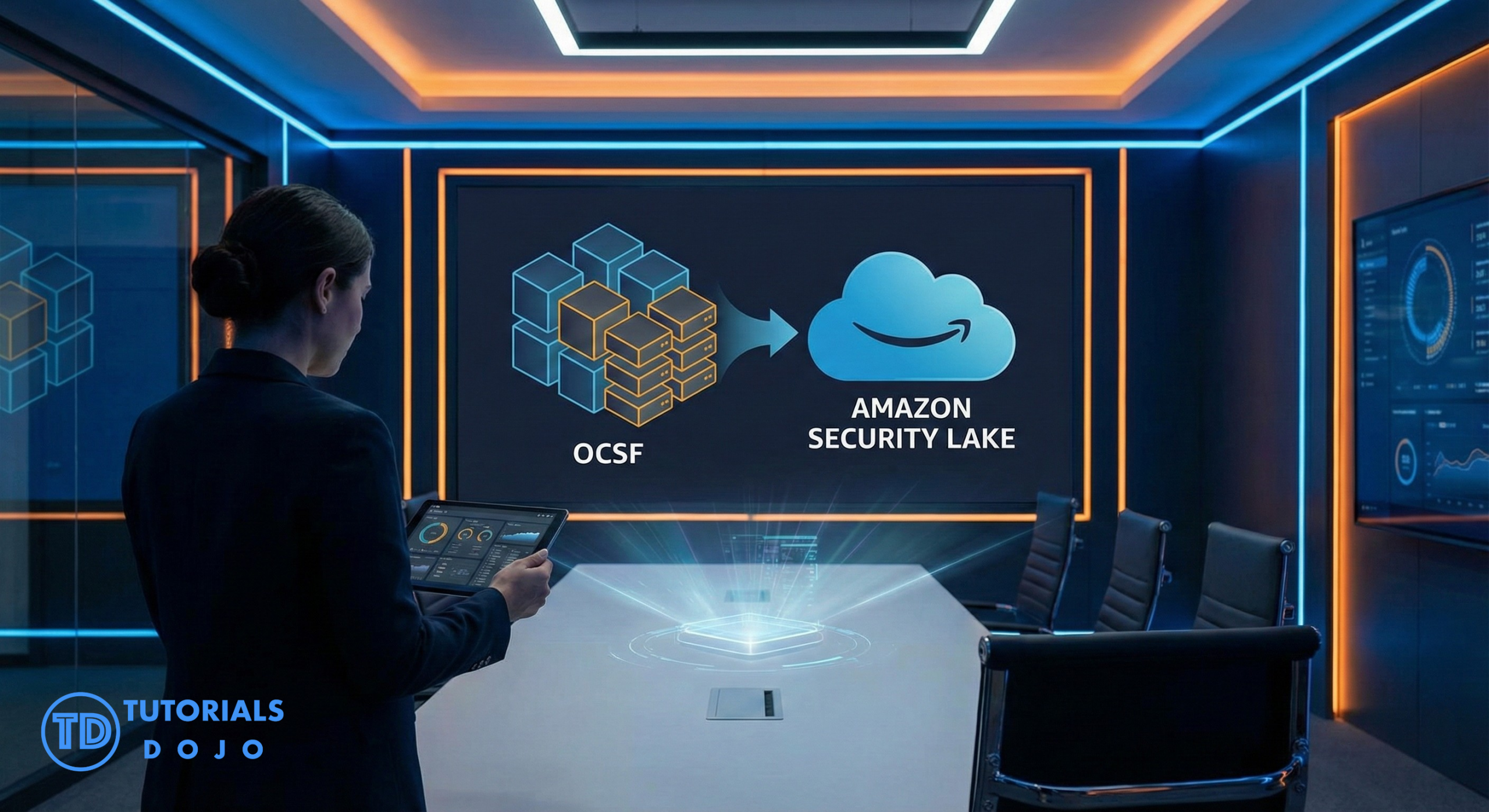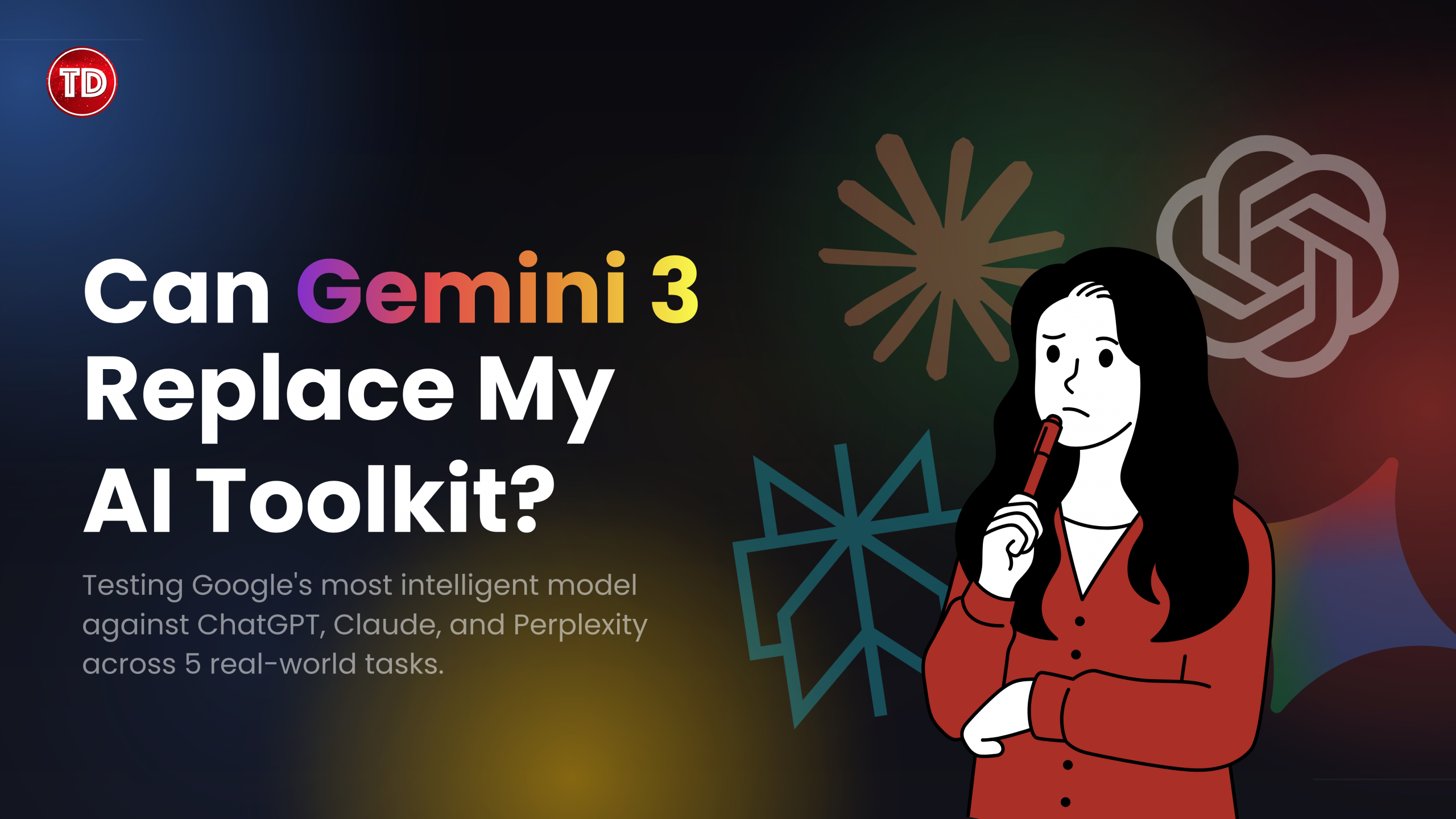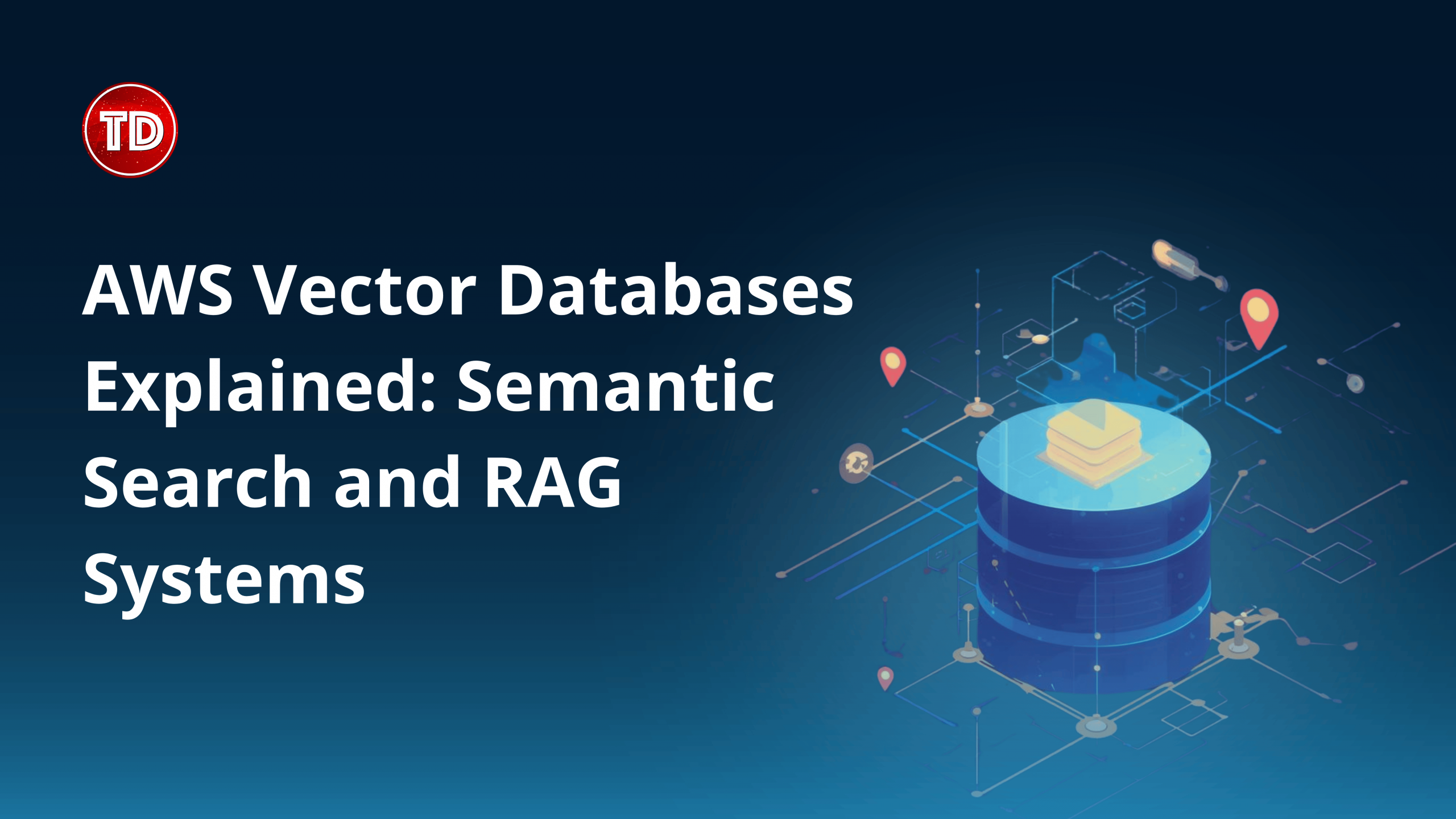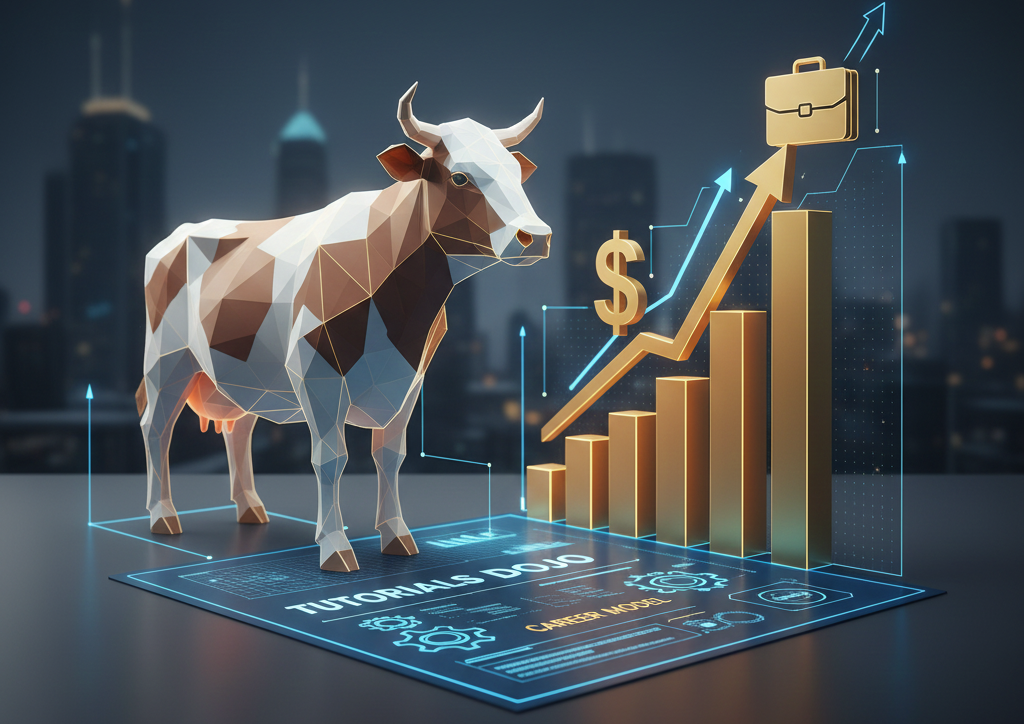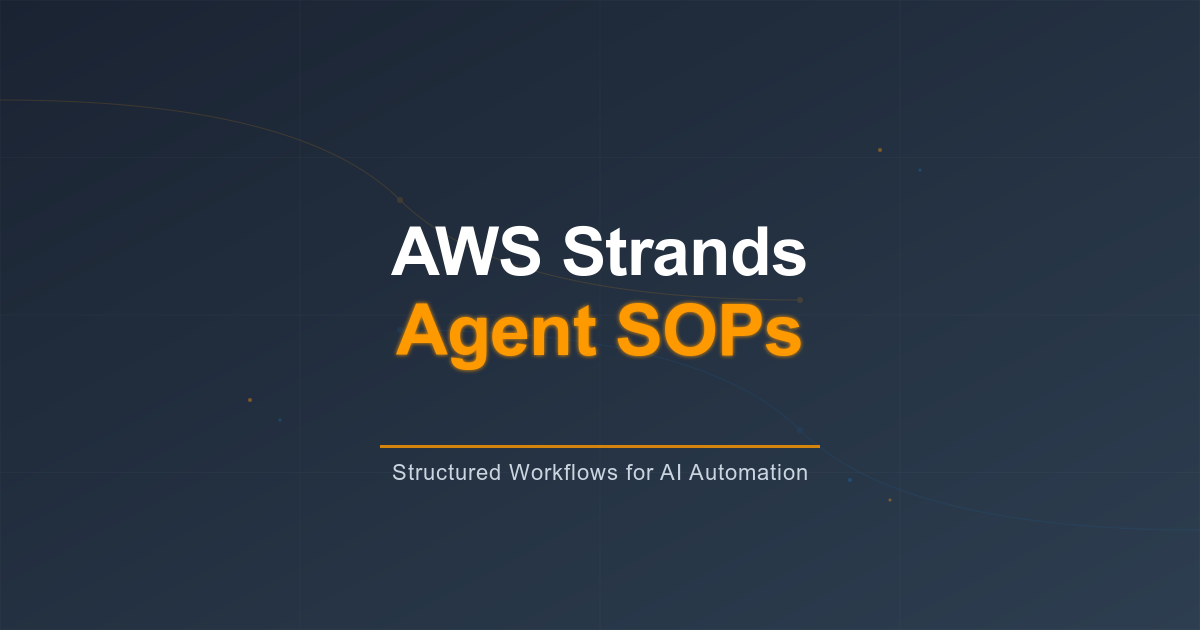Managing AWS Costs with AWS Budgets and Credits
Cloud services like Amazon Web Services (AWS) have become widely recognized and necessary for businesses of all sizes. However, with the convenience and flexibility of AWS come the potential challenges of managing costs effectively. It can be daunting to manage AWS costs, particularly when you have a lot of resources running in your account. Nonetheless, there is a way to help with this concern by working your AWS Costs with AWS Budgets and Credits. [...]
Cloudfront Function URL Demo
In this article, we will guide you through the process of setting up a CloudFront Function for your CloudFront distribution. We'll walk you through a scenario where we use CloudFront Functions to redirect users to different content based on their device type. By the end of this guide, you'll gain a clear understanding of how CloudFront Functions can benefit your specific use case. Creating an S3 Bucket This bucket will simply serve as a [...]
NEW Practice Test Sampler – AZ-305 Designing Microsoft Azure Infrastructure Solutions
Are you preparing to take the AZ-305 Designing Microsoft Azure Infrastructure Solutions exam and are looking for free materials or resources that will help you pass and become certified? Good news! It is with absolute delight that we announce the release of our NEW Practice Test Sampler- AZ-305 Designing Microsoft Azure Infrastructure Solutions. The AZ-305 Designing Microsoft Azure Infrastructure Solutions exam will test your subject matter expertise in implementing, managing, and monitoring an organization’s [...]
AWS Lambda Response Streaming Demo
Introduction Response streaming is a new invocation method that enables your functions to progressively stream response payloads back to the clients. Instead of waiting for the entire data to be ready, your applications can now receive chunks of data as soon as they become available. This means faster loading times and a more responsive user experience. Response Streaming vs. Non-Streaming (Buffering) To quickly get an idea of how it works, we need to see [...]
CloudFront Function URL
Introduction CloudFront Functions is a feature of Amazon CloudFront that enables developers to deploy and run lightweight JavaScript functions at AWS’s global edge locations closer to the end-users. This functionality facilitates high scalability and low latency and simplifies operations by allowing developers to run code that customizes the content delivered through CloudFront. When to Use CloudFront Functions? CloudFront Functions is ideal for simple tasks requiring high request rates and low latency. These tasks can [...]
My SAA-C03 AWS Certified Solution Architect Associate Exam Experience 2023
Getting certified is an essential milestone for IT professionals for career advancement in today's competitive industry. The AWS Certified Solutions Architect - Associate (SAA-C03) is one such certification. In this article, I will share my SAA-C03 exam experience, highlighting my challenges, overcoming setbacks, and the lessons I learned, including the various SAA-C03 exam topics I encountered. Basically, the AWS Certified Solutions Architect - Associate certification test is an Associate-level exam of the AWS Global [...]
Building Serverless APIs with AWS API Gateway and AWS Lambda
Are you looking to create robust and scalable APIs without dealing with infrastructure management? In this article, we'll look at how to use AWS Lambda and AWS API Gateway to create serverless APIs. You may build APIs that automatically grow, are simple to manage, and offer a seamless user experience by using these services. Your APIs' front door is AWS API Gateway, and AWS Lambda handles the backend computation. Using this integration, you can [...]
Lightning-Fast Static Website with Amazon S3 and CloudFront with Origin Access Control (OAC)
Harnessing the power of Amazon S3 and CloudFront, with the added advantage of Origin Access Control (OAC), offers many benefits for hosting a static website. With Amazon S3's reliable and scalable storage, with CloudFront's global content delivery network, a website can provide lightning-fast access to users worldwide. Implementing OAC adds an essential layer of security that prevents direct access to the S3 bucket, mitigating potential security risks. OAC is also empowered with fine-grained control [...]
Redacting PIIs Using S3 Object Lambda
The Challenge Data privacy is a top priority for businesses, especially amid the rising global data regulations. One common challenge is ensuring sensitive data, like personally identifiable information (PII), remains protected when data is accessed or transferred. Imagine you have a bunch of employee profiles stored as CSV files in an S3 bucket. These profiles include sensitive information such as real names, social security numbers, and email addresses, along with non-sensitive data like job [...]
AWS Certified Cloud Practitioner CLF-C02 Sample Exam Questions
Here are 10 AWS Certified Cloud Practitioner CLF-C02 practice exam questions to help you gauge your readiness for the actual exam. Question 1 Which of the following channels shares a collection of offerings to help you achieve specific business outcomes related to enterprise cloud adoption through paid engagements in several specialty practice areas? AWS Enterprise Support Concierge Support AWS Professional Services AWS Technical Account Manager Correct Answer: 3 AWS Professional Services shares a [...]

